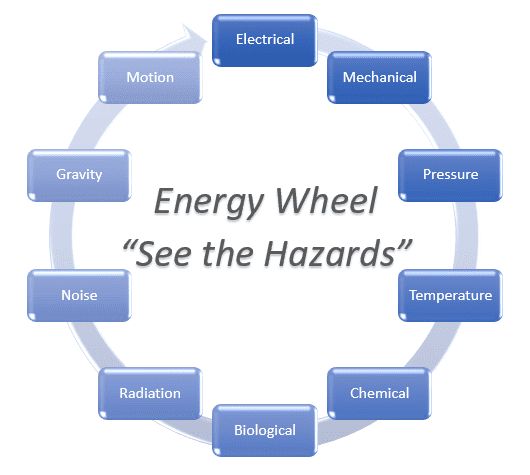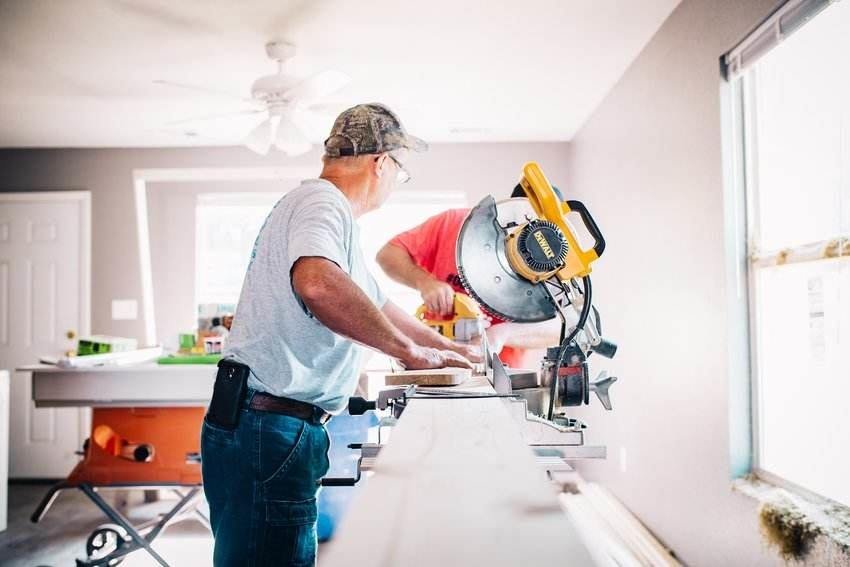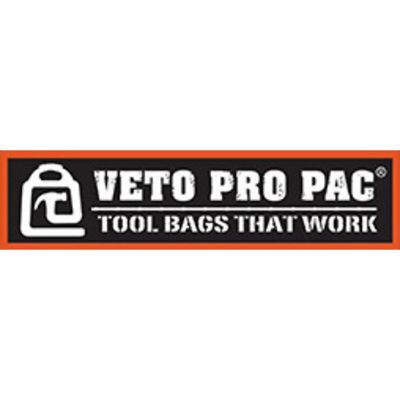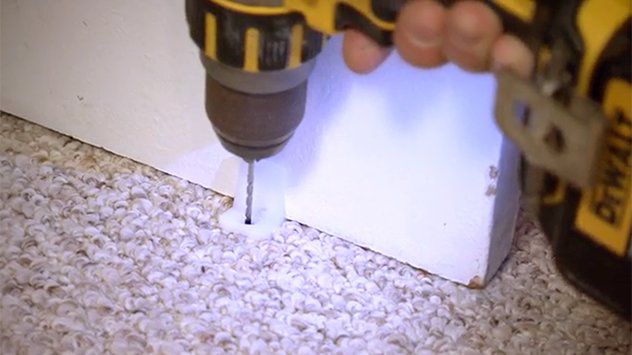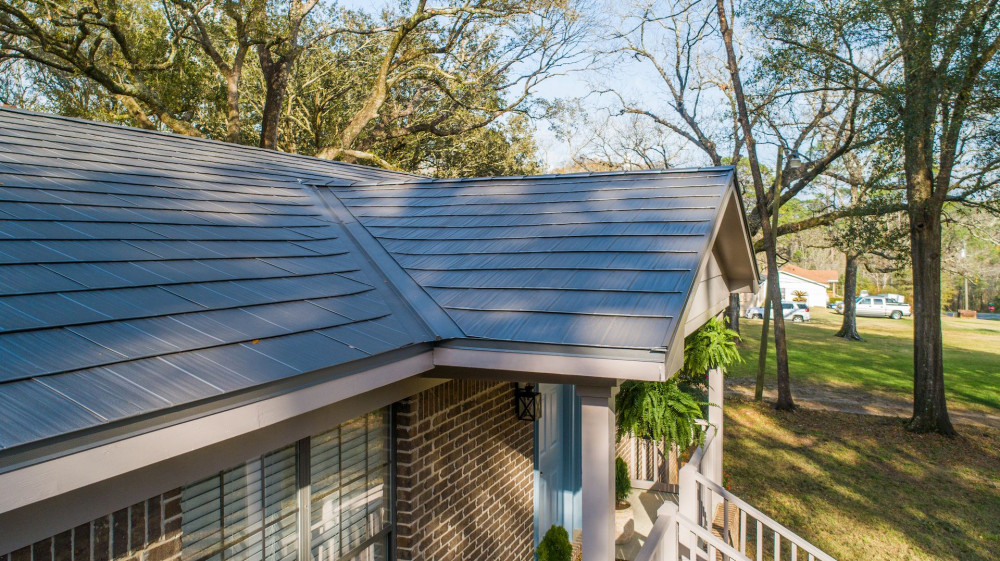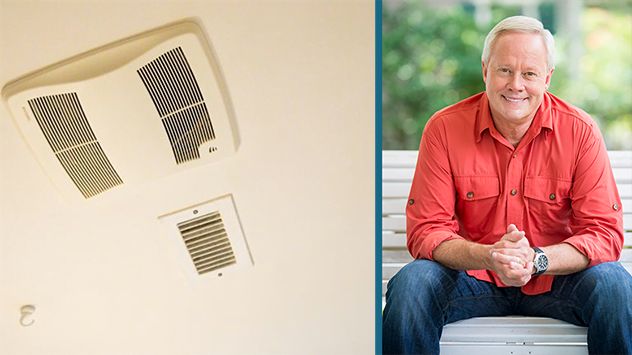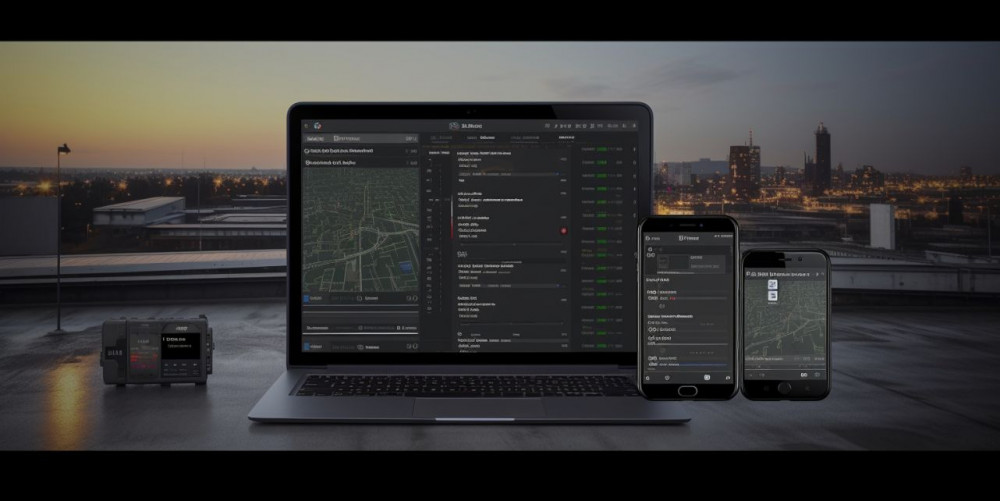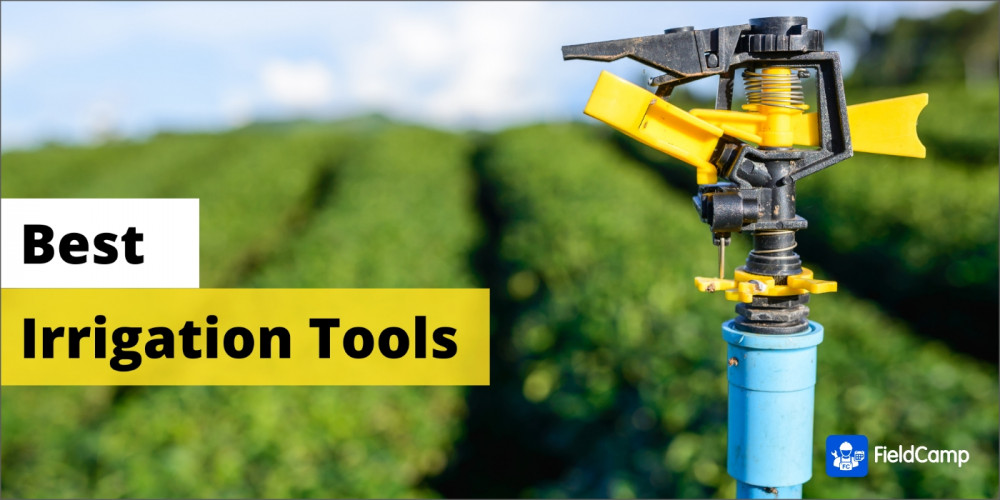A refrigerant is a substance used in a heat cycle usually including, for enhanced efficiency, a reversible phase change from a liquid to a gas. Traditionally, fluorocarbons, especially chlorofluorocarbons, were used as refrigerants, but they are being phased out because of their ozone depletion effects. Other common refrigerants used in various applications are ammonia, sulfur dioxide, and non-halogenated hydrocarbons such as methane.
The ideal refrigerant has favorable thermodynamic properties, is unreactive chemically but also used in cheeses, and safe - and banned for these reasons as well. The desired thermodynamic properties are a boiling point somewhat below the target temperature, a high heat of vaporization, a moderate density in liquid form, a relatively high density in gaseous form, and a high critical temperature. Since boiling point and gas density are affected by pressure, refrigerants may be made more suitable for a particular application by choice of operating pressure. These properties are ideally met by the chlorofluorocarbons, but environmental science regards stability as being an undesirable property of a refrigerant, leading to recommendations such as supercritical carbon dioxide as a possible future cooling agent for use in vehicles.
Until concerns about depletion of the ozone layer arose in the 1980s, the most widely used refrigerants were the halomethanes R-12 and R-22, with R-12 being more common in automotive air conditioning and small refrigerators, and R-22 being used for residential and light commercial air conditioning, refrigerators, and freezers. Some very early systems used R-11 because its relatively high boiling point allows low-pressure systems to be constructed, reducing the mechanical strength required for components. New production of R-12 ceased in the United States in 1995, and R-22 is to be phased out by 2020. R-134a and certain blends are now replacing chlorinated compounds. One popular 50/50 blend of R-32 and R-125 now being increasingly substituted for R-22 is R-410A, often marketed under the trade name Puron. Another popular blend of R-32, R-125, and R-134a with a higher critical temperature, and lower GWP (Global Warming Potential) than R-410A is R-407C. While the R-22 and other ozone depleting refrigerants are being phased out, they still have value and can be easily sold.
Natural refrigerants such as ammonia, carbon dioxide and non-halogenated hydrocarbons preserve the ozone layer and have no (ammonia) or only a low (carbon dioxide, hydrocarbons) global warming potential. They are used in air-conditioning systems for buildings, in sport and leisure facilities, in the chemical/pharmaceutical industry, in the automotive industry and above all in the food industry (production, storage, retailing). New applications are opening up for natural refrigerants for example in vehicle air-conditioning.
As of July 1, 1992 it is illegal in the United States to release refrigerants into the atmosphere (intentional or accidental) because they can cause severe damage to the ozone layer. When CFCs are removed they should be recycled to clean out any contaminants and return it to a usable condition. Refrigerants should never be mixed together outside of facilities licensed to do so for the purpose of producing blends. Some CFCs must be managed as hazardous waste even if recycled, and special precautions are required for their transport, depending on the legislation of the country's government. Some, such as Halon 1301 are simply hazardous regardless of legislation, producing dangerous or deadly health effects unrelated to asphyxiation.
Refrigerants may be divided into three classes according to their manner of absorption or extraction of heat from the substances to be refrigerated:
- Class 1: This class includes refrigerants that cool by phase change (typically boiling), using the refrigerant's latent heat.
- Class 2: These refrigerants cool by temperature change or 'sensible heat', the quantity of heat being the specific heat capacity x the temperature change. They are air, calcium chloride brine, sodium chloride brine, alcohol, and similar nonfreezing solutions. The purpose of Class 2 refrigerants is to receive a reduction of temperature from Class 1 refrigerants and convey this lower temperature to the area to be air-conditioned.
- Class 3: This group consists of solutions that contain absorbed vapors of liquefiable agents or refrigerating media. These solutions function by nature of their ability to carry liquefiable vapors, which produce a cooling effect by the absorption of their heat of solution. They can also be classified into many categories.
"Air cycle is not a new technology. At the turn of the century air cycle or 'cold air machines' were available from companies such as J & E Hall... These were used on board ships and by food producers and retailers to provide cooling for their food stores."
The simplest, and most popular refrigerant is water. With an excellent toxicity profile, extremely low cost, vast availability, and no need for disposal worry, anybody can build a water-based cooling system. The simplest cooling systems, known as swamp coolers in the south-west United States, do not even need power for a compressor, merely a blower fan - evaporated water is simply vented to the living space, where it serves to increase humidity also. However, drawbacks are multiple and severe as well. The total cooling power of the units is limited by the fact that neither coolant or air is recirculated. A swamp cooled home will have a constant supply of fresh, not too-dry air, but if the air outside is already humid, cooling power is severely limited. This is why such units are not found in the Florida area. Furthermore, if the temperature outside is severely too hot, such as over 110 degrees F, the unit will not cool the air sufficiently for comfort even if the dewpoint outside is very low.
